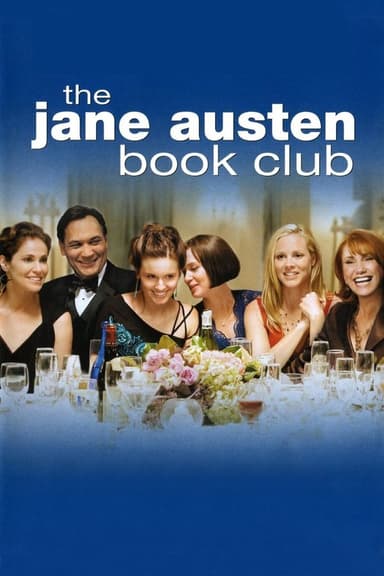
The People We Hate at the Wedding
2022 • Comedy • R
A dysfunctional family that can't seem to get along and get it together reluctantly reunites for a family wedding. As their many skeletons are wrenched from the closet, it turns out to be just what this singular family needs to reconnect.
Runtime: 1h 39m
Why you should read the novel
Reading Grant Ginder’s The People We Hate at the Wedding gives you unfiltered access to the messy, inner worlds of its characters—an experience impossible to replicate on screen. The novel delves deeply into the minds and motivations of each family member, allowing readers to explore the nuances of their personal struggles, secrets, and relationships. Ginder’s prose is razor-sharp, seamlessly interweaving humor and pathos in a way that evokes both laughter and moments of poignant self-reflection.
Unlike the movie adaptation, the book invites readers to spend time with the backstories that shape every character’s present behavior. You get layered insights into the siblings’ rivalries, their shared grief, and the intricacies of their fractured family dynamics. The cities, landscapes, and social settings of the wedding are more vividly rendered in the novel, providing a richer, more immersive experience and a nuanced sense of place.
Choosing the book over the movie means engaging with Ginder’s original voice, wit, and lyricism. You’ll connect more deeply with the characters and their journeys, enjoying the freedom to interpret, imagine, and empathize in a way that is unique to the reading experience. The novel's twists and poignant moments are more surprising and impactful when discovered through its pages—making it an authentic, rewarding exploration in family fiction.
Adaptation differences
One prominent difference between the adaptation and the book is the treatment of character backstories and motivations. The film streamlines several character arcs for pacing and comedic effect, often omitting or simplifying key elements from the novel. For instance, the nuanced ways that Paul and Alice’s childhood traumas and family losses influence their adult behavior are more explicitly and thoroughly explored in Ginder's book than in the on-screen version. This makes the novel’s internal conflicts and sibling rivalry far richer and more relatable.
Another significant change is the depiction of secondary characters and subplots. The novel employs overlapping timelines and diverse points of view to flesh out supporting cast members and their relationships, while the adaptation narrows the focus primarily to the three siblings. As a result, some intricate plot threads and character developments are either truncated or omitted altogether in the movie, giving viewers a more straightforward, comedic narrative but sacrificing some emotional depth.
The novel’s humor is also more layered and subtle. Ginder’s wit often comes through in asides and inner monologue, which can be difficult to translate directly to the screen. The film compensates by adding broader, more physical comedic moments and changing certain scenarios to maximize laughs—sometimes at the expense of the original tone. For readers who enjoy irony and smart dialogue, the book offers a more satisfying brand of comedy.
Lastly, the ending and overall tone diverge between the two works. The novel resolves the family’s tensions with bittersweet ambiguity, leaning into the complexities of forgiveness and reconciliation. The movie, however, opts for a more feel-good resolution, tying up loose ends and delivering a tidy sense of closure. This shift alters the story’s impact, making the book resonate more authentically with those who appreciate nuanced, true-to-life storytelling.
The People We Hate at the Wedding inspired from
The People We Hate at the Wedding
by Grant Ginder










